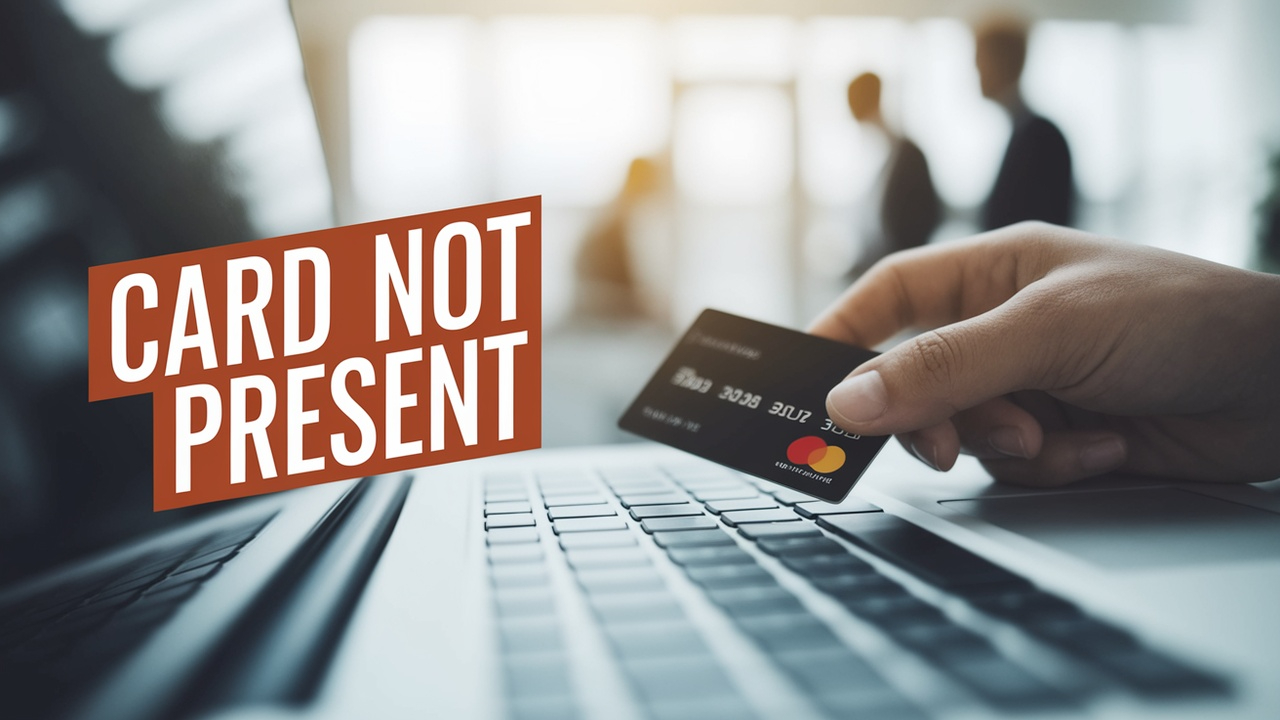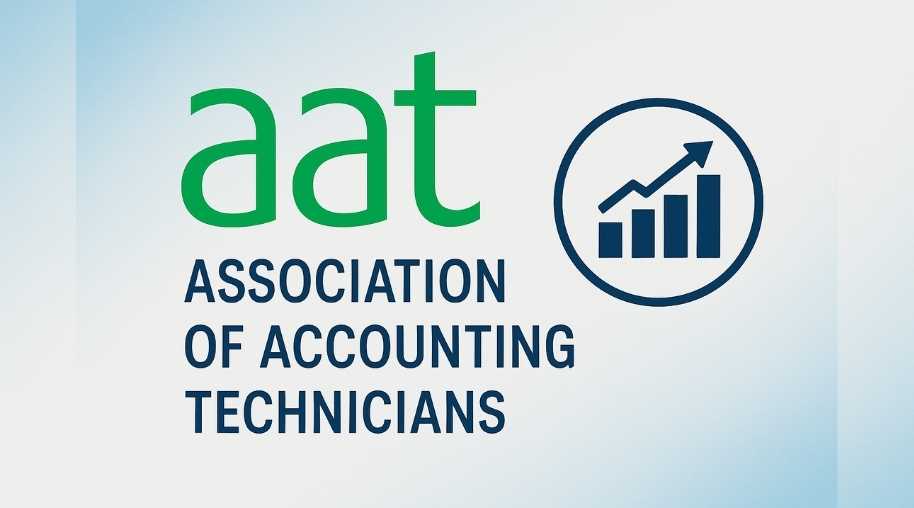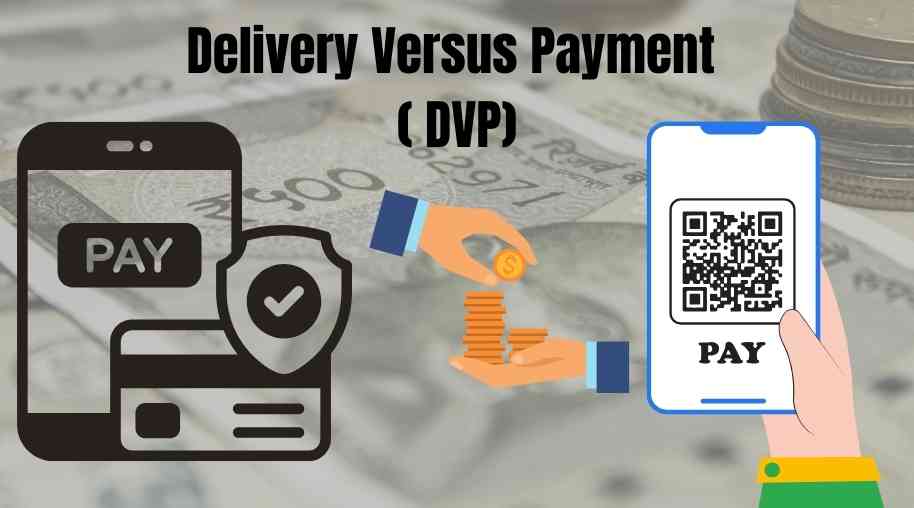CNP Full Form-Card Not Present
by Shashi Gaherwar
0 2132
Understanding Card Not Present Transactions: Risks and Solutions in Digital Payments
In the era of digital payments, Card Not Present (CNP) transactions enable seamless purchases without physical card presentation. While convenient, they pose significant challenges, particularly in security and fraud prevention.

This article explores CNP transactions, their risks, and effective measures to enhance payment security for businesses and consumers.
What Are Card Not Present Transactions?
Card Not Present (CNP) transactions occur when a physical card is not presented, typically in online, phone, or mail order purchases. Buyers provide card details remotely, making CNP transactions central to e-commerce but vulnerable to fraud due to the lack of physical card verification.
Examples of Card Not Present Transactions
Common CNP scenarios include:
- Online Purchases: Buying goods or services via websites with card details entered.
- Phone Orders: Providing card information over the phone to merchants.
- Mail Orders: Sending card details via mail for payments.
Risks of Card Not Present Transactions
CNP transactions face heightened risks due to absent physical verification:
- Credit Card Fraud: Fraudsters use stolen card details from data breaches or phishing to make unauthorized purchases.
- Chargebacks: Customers dispute transactions, leading to refunds and merchant penalties, especially without proof of authorization.
- Identity Theft: Stolen personal data enables fraudsters to make purchases or open fraudulent accounts.
- Lack of Real-Time Verification: Absence of physical card inspection increases impersonation risks.
- Fraudulent Refunds: Fraudsters exploit refunds to divert funds to alternate accounts.
Measures to Prevent Fraud in Card Not Present Transactions
Businesses and consumers can adopt strategies to mitigate CNP fraud risks:
- Tokenization: Replaces card details with unique tokens, securing data during online transactions.
- 3D Secure Authentication: Adds verification steps like passwords or SMS codes (e.g., Verified by Visa, Mastercard SecureCode).
- Address Verification System (AVS): Matches billing addresses to cardholder records to detect fraud.
- Card Verification Value (CVV) Codes: Requires CVV entry to verify physical card possession.
- Fraud Detection Tools and Machine Learning: AI analyzes transaction patterns to flag anomalies in real-time.
- Secure Payment Gateways: Uses SSL encryption to protect data during transmission.
- Know Your Customer (KYC) Protocols: Verifies customer identities through documents or biometrics.
Card Not Present (CNP) transactions are vital to e-commerce and digital payments, offering convenience but exposing users to fraud risks. By leveraging technologies like tokenization, 3D Secure, and AVS, alongside secure gateways and fraud detection, businesses and consumers can safeguard transactions. As cashless payments grow, prioritizing robust security measures ensures safe and reliable CNP experiences.
Further Learning Resources
If you’re passionate about building a successful blogging website, check out this helpful guide at Coding Tag – How to Start a Successful Blog. It offers practical steps and expert tips to kickstart your blogging journey!
For dedicated UPSC exam preparation, we highly recommend visiting www.iasmania.com. It offers well-structured resources, current affairs, and subject-wise notes tailored specifically for aspirants. Start your journey today!

Share:








Comments
Waiting for your comments